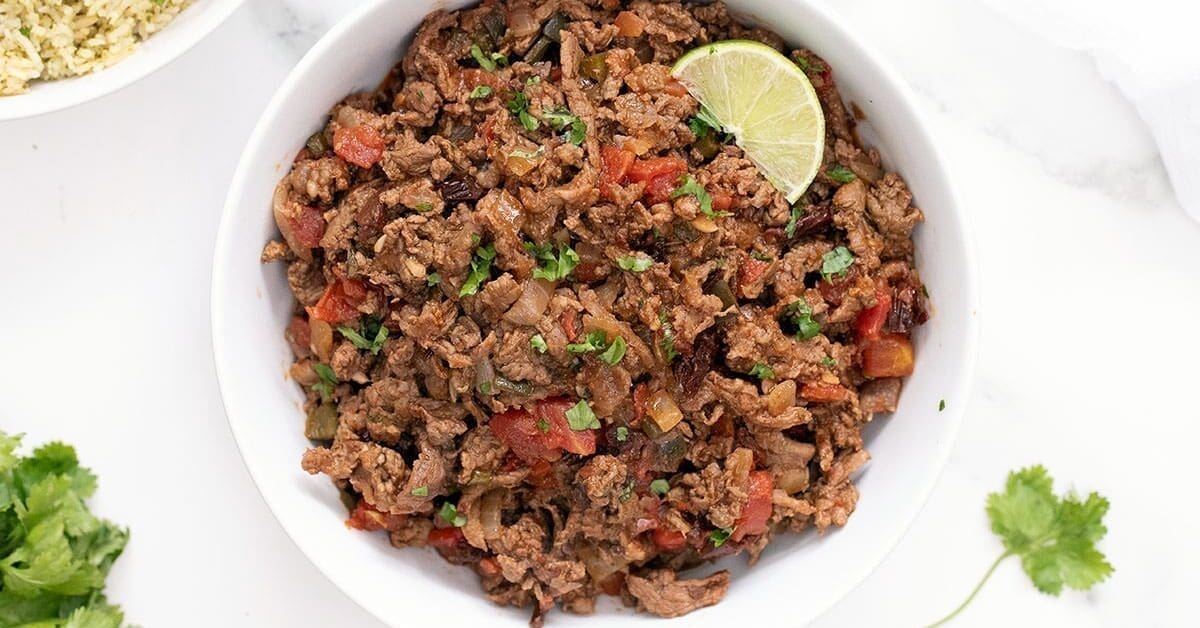In recent years, vaping has become an increasingly popular method for consuming cannabis and other herbal products. Among the many devices and products available, dry herb vaporizers, vape carts, and THCA carts stand out as some of the most sought-after options. Whether you’re new to vaping or an experienced user, understanding the differences and benefits of these products can help you make informed decisions about your vaping experience.
In this guide, we’ll explore what each of these products entails, how they work, and the pros and cons of each. Let’s dive in.
What Are Dry Herb Vaporizers?
A dry herb vaporizer is a device designed specifically for vaporizing the active ingredients in plant materials like cannabis flowers, herbs, and other botanicals. Unlike vape carts or e-liquids, dry herb vaporizers use the actual plant matter rather than concentrates or oils.
How Do Dry Herb Vaporizers Work?
Dry herb vaporizers typically function by heating the plant material to a specific temperature. This allows the active compounds, like THC or CBD in cannabis, to be released as vapor without combustion. By avoiding combustion, the user can inhale the vapor without producing the harmful toxins associated with smoking.
There are two main types of heating methods used in dry herb vaporizers:
- Conduction Heating: In this method, the dry herb comes into direct contact with a heated surface, usually a metal or ceramic chamber. The contact heats the herb, causing the release of vapor.
- Convection Heating: This method involves hot air being passed through the herb without direct contact. The air heats the herb evenly, providing a smoother and more flavorful vapor.
Benefits of Dry Herb Vaporizers
- Healthier Alternative to Smoking: Since dry herb vaporizers heat the herb instead of burning it, they produce fewer harmful byproducts like tar and carbon monoxide.
- Flavor Preservation: Vaporizing at lower temperatures preserves the terpenes (aromatic compounds) in the plant, leading to a more flavorful experience compared to smoking.
- Discreet and Portable: Many dry herb vaporizers are compact and easy to carry around, allowing users to enjoy their herb without drawing too much attention.
- Efficiency: Vaporizers make better use of your dry herb by vaporizing the cannabinoids more thoroughly than traditional smoking methods.
Popular Dry Herb Vaporizers
Some of the top brands in the dry herb vaporizer market include Pax, DaVinci, and Storz & Bickel. Each offers various models with different features, like adjustable temperature controls, portability, and heating methods.
Vape Carts: What You Need to Know
Vape carts (or cartridges) are small, pre-filled containers of cannabis oil or concentrate that are typically used with a battery-powered vaporizer pen. Vape carts offer a convenient, portable, and discreet way to consume cannabis or other vaping materials, making them a popular choice for many users.
How Do Vape Carts Work?
Vape carts work in conjunction with a vaporizer pen or battery. The cartridge, which contains a cannabis oil concentrate, is attached to the battery. When activated, the battery heats the oil to a temperature that turns it into vapor, which the user can then inhale.
Most vape carts use 510-thread connections, making them compatible with a wide variety of vaporizer batteries.
Benefits of Vape Carts
- Ease of Use: Vape carts are simple to use—just attach the cart to a battery, activate it, and start vaping.
- Discreet and Portable: Vape carts are highly portable and easy to conceal, making them perfect for on-the-go use.
- No Mess: Unlike dry herb vaporizers, vape carts don’t involve grinding or loading plant material, making them cleaner and more convenient.
- Consistency: Vape carts provide consistent dosing of cannabinoids like THC or CBD, ensuring a predictable experience with every hit.
Types of Cannabis Vape Carts
There are several different types of vape carts based on the type of concentrate they contain:
- Distillate Carts: These contain cannabis distillate, a highly refined concentrate that is almost pure THC or CBD. These carts are known for their potency and are often flavored with terpenes to enhance the experience.
- Live Resin Carts: Live resin is made from fresh, frozen cannabis plants. The extraction process preserves the plant’s terpenes and cannabinoids, leading to a flavorful and aromatic vaping experience.
- CO2 Oil Carts: These are made using CO2 extraction, which is considered a safer, solvent-free method of extracting cannabis oil. CO2 oil tends to have a more natural flavor profile.
THCA Carts: A New Frontier
THCA carts are a more recent innovation in the vaping industry. THCA (tetrahydrocannabinolic acid) is the raw, non-psychoactive form of THC found in fresh cannabis plants. When exposed to heat through vaping or combustion, THCA is converted into THC, the compound responsible for the “high” associated with cannabis.
How Do THCA Carts Work?
THCA carts work similarly to other vape cartridges, but instead of containing THC or CBD oil, they are filled with THCA concentrate. When the vape pen heats the concentrate, the THCA converts to THC, allowing the user to experience its effects.
Benefits of THCA Carts
- Less Psychoactive in Raw Form: THCA is non-psychoactive in its raw form, which means it doesn’t cause a high until it’s heated. Some people prefer THCA for its potential health benefits without immediate psychoactivity.
- Potential Therapeutic Benefits: THCA has been studied for its anti-inflammatory, anti-emetic, and neuroprotective properties, making it an appealing option for those using cannabis for medicinal purposes.
- Potency: Once THCA is converted into THC via heat, the result is typically a potent experience, often more so than conventional THC vape carts.
THCA vs. THC: What’s the Difference?
The key difference between THCA and THC lies in their chemical structures and effects on the body. THCA is the acidic precursor to THC. When cannabis is exposed to heat, a process called decarboxylation occurs, converting THCA into THC. THC is the psychoactive compound responsible for the euphoric and intoxicating effects of cannabis, while THCA in its raw form is not psychoactive.
Choosing the Right Vaporizer or Cartridge
When deciding between a dry herb vaporizer, a vape cart, or a THCA cart, it’s important to consider your personal preferences and needs.
- Dry Herb Vaporizers are ideal for those who enjoy the full-spectrum experience of using the whole plant. They provide a more natural and flavorful experience, making them a favorite among cannabis connoisseurs.
- Vape Carts offer convenience and portability. They are great for on-the-go use and provide a consistent, easy-to-dose experience, ideal for both beginners and regular users.
- THCA Carts are a fantastic option for those looking to experience the potent effects of THC but want to explore the benefits of THCA in its raw form.
Final Thoughts
Dry herb vaporizers, vape carts, and THCA carts each offer unique benefits, depending on what kind of vaping experience you’re after. Whether you’re seeking the health-conscious benefits of vaporizing dry herbs, the convenience of vape carts, or the potential medicinal properties of THCA, there’s a product out there for you.
As the vaping industry continues to grow and evolve, staying informed about the latest products and their benefits can enhance your vaping experience. Always remember to purchase your devices and cartridges from reputable sources to ensure quality and safety.
For more insights and tips on vaping and cannabis products, be sure to explore reliable resources or visit your local dispensary for personalized advice.

 Blog9 months ago
Blog9 months ago
 Sports10 months ago
Sports10 months ago
 Games10 months ago
Games10 months ago
 Tech8 months ago
Tech8 months ago
 Tech9 months ago
Tech9 months ago
 App10 months ago
App10 months ago
 Entertainment9 months ago
Entertainment9 months ago
 Sports10 months ago
Sports10 months ago




